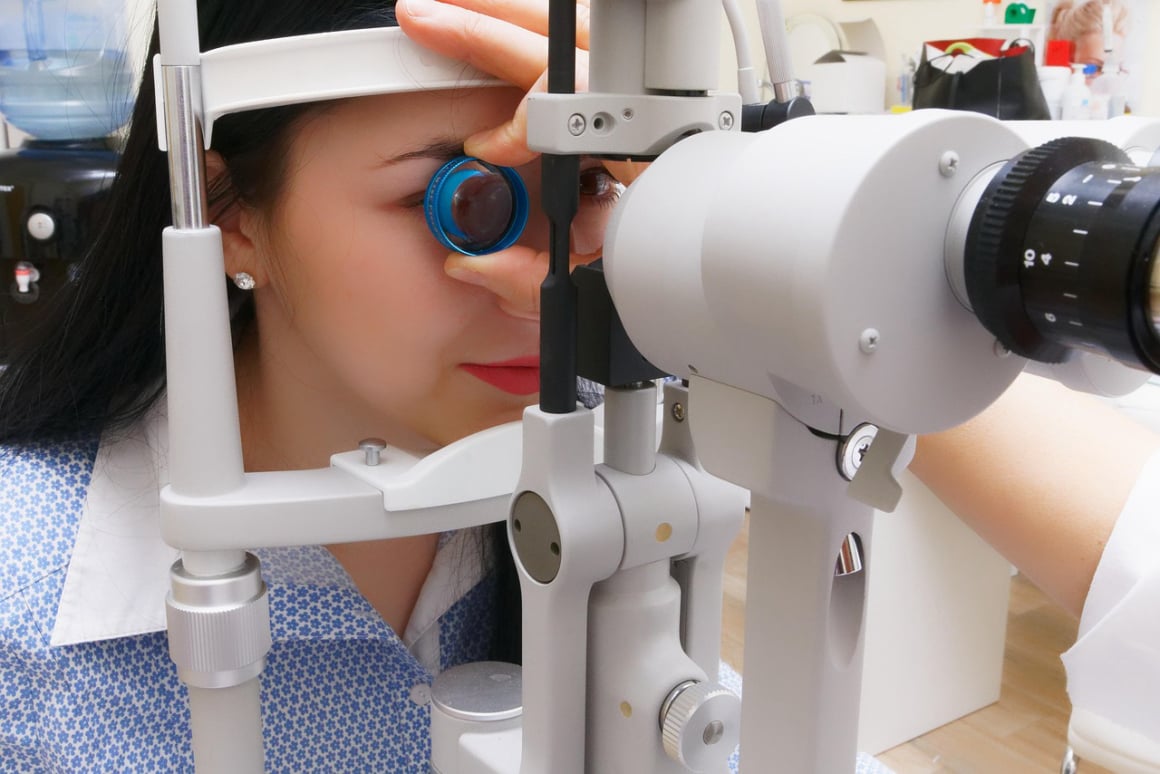
What is Keratoconus?
Keratoconus is a progressive disease in which the cornea thins and changes shape. It usually affects teens and people in their early twenties. Normal corneas are round, but with Keratoconus, the cornea bulges and becomes pointy or cone shaped. This changes the way light entering the eye, hits the retina and causes distorted vision. Keratoconus can occur in one or both eyes.